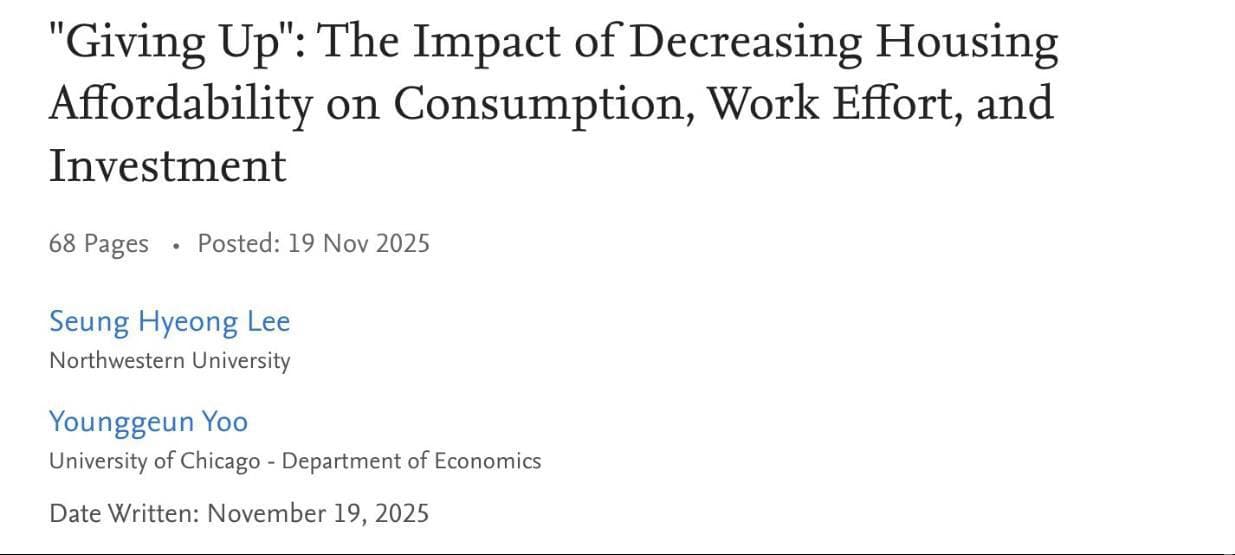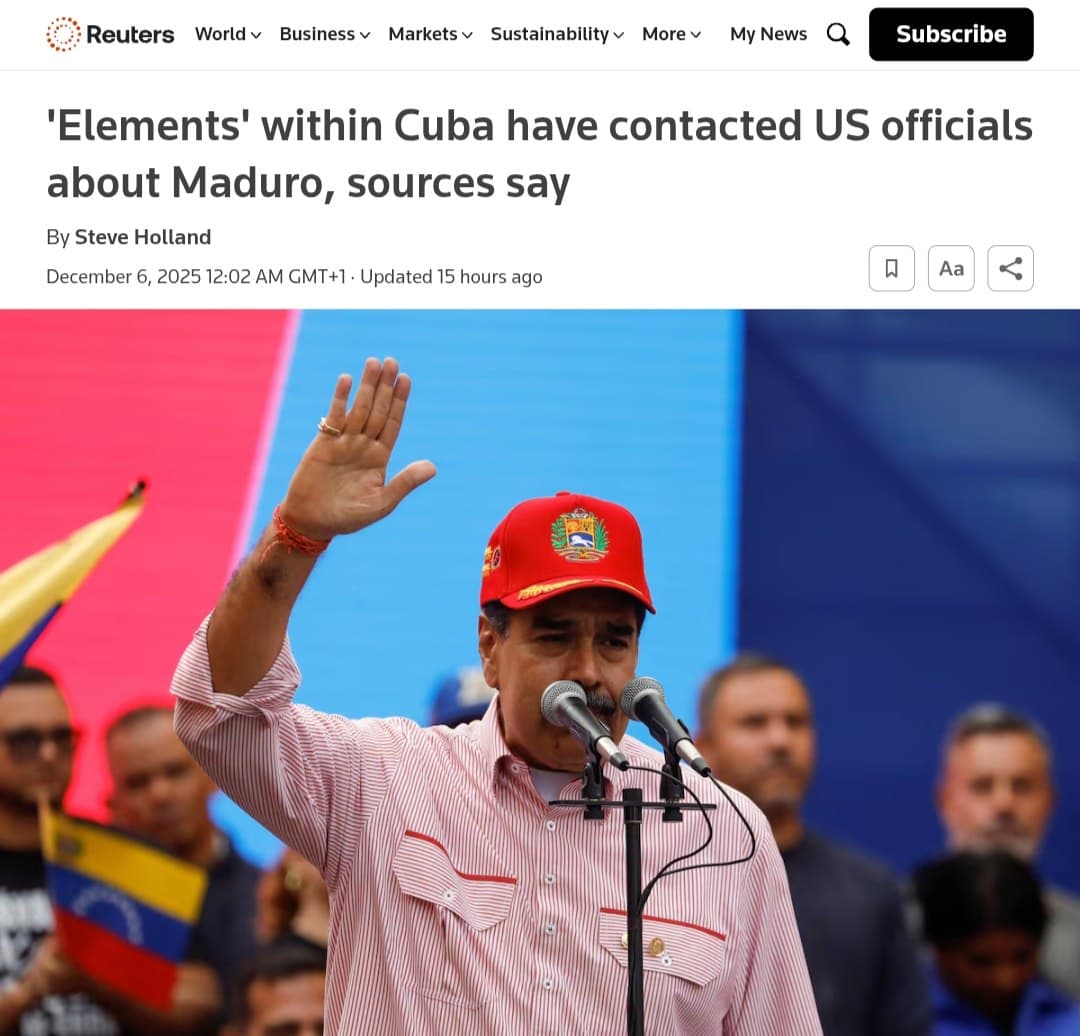Starting today, India faces a significant economic challenge as a 50% tariff imposed by the U.S. government on its imports of Russian oil takes effect. This move, part of a broader strategy by former President Donald Trump, effectively nullifies the estimated $17 billion in savings that India accrued since 2022 through increased purchases of Russian crude.
The tariff could lead to a drastic reduction in Indian exports to the U.S., with projections indicating a potential decline of up to 40%, translating to nearly $37 billion. Experts warn that the repercussions of this decision extend beyond oil prices, threatening thousands of jobs in labor-intensive sectors such as textiles, gemstone mining, and jewelry manufacturing, which are particularly vulnerable to such trade disruptions.
Relations between the U.S. and India have soured as a result of these tariffs, with both countries now facing economic repercussions. The Indian economy, which has relied on the cost-effective Russian oil, must now navigate the complexities of re-establishing its energy supply chains while contending with the looming threat of job losses across several industries.
As the geopolitical landscape shifts, the impact of Trump"s policies continues to resonate. For more on recent developments in U.S. politics and their global implications, see our earlier coverage.








![[Video] Coast Guard sniper takes out narco-boat in Eastern Pacific](/_next/image?url=%2Fapi%2Fimage%2Fthumbnails%2Fthumbnail-1765029104101-04awi-thumbnail.jpg&w=3840&q=75)